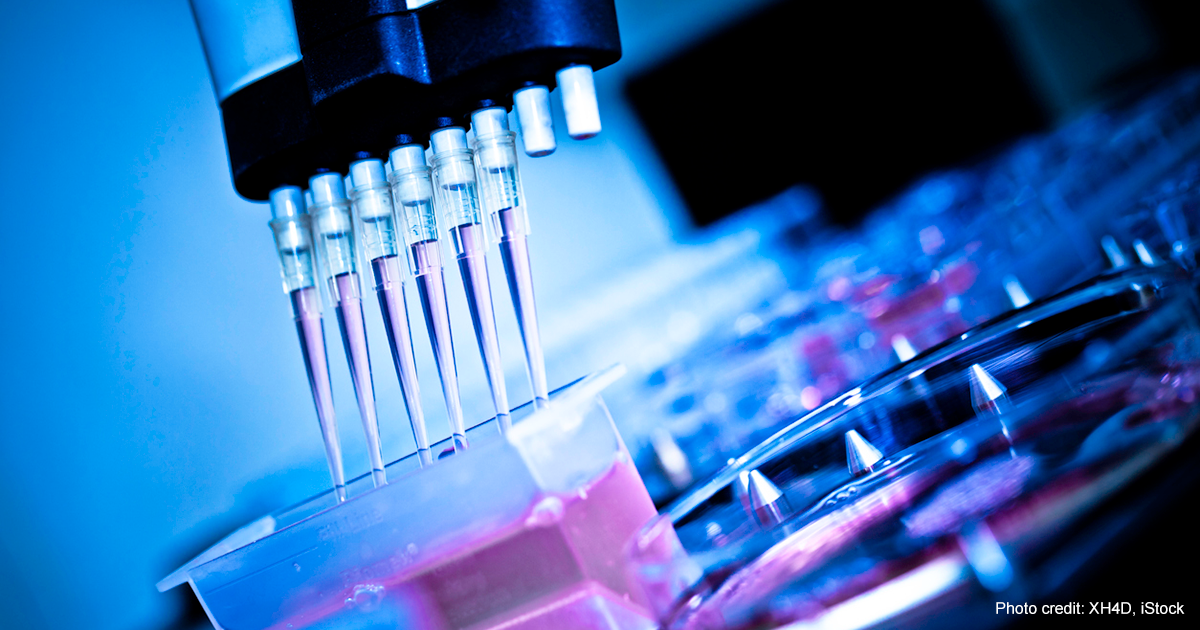
Mar 04, 2024 What’s in a NAM?
Since the 1959 publication of the Russell and Burch book on the Principles of Humane Experimental Technique, there has been conflict over the appropriate terminology to use when addressing the ethical issues involving laboratory animals and biomedical research and testing. Russell and Burch enunciated the 3Rs of Replacement, Reduction, and Refinement, but the 3Rs were relatively quickly encapsulated in campaigns promoting Alternatives to Laboratory Animals. While animal advocates embraced “alternatives” terminology, biomedical scientists mostly did not. For example, the National Institutes of Health (NIH) avoided using the term “alternatives” and wrote about “complementary” or “adjunct” methods instead. The following is a quote from a 1989 US Public Health Service document – “efforts have led to the discovery of research methods that are useful as ‘adjuncts’ to animal research in that they complement animal models but rarely replace them. Thus, these adjuncts are not true ‘alternatives’ – even the use of this latter term can be misleading.” NIH was unenthusiastic about calls to devote funding to searching for and implementing alternatives.
However, in the past decade, NIH has been instrumental in supporting and developing new technologies that may replace animal models. In 2013, Dr. Zerhouni, the Director of the US National Institutes of Health (NIH), commented at an NIH Scientific Management and Review Board meeting that “the technical ability to knock out any gene in a mouse had led to an over-reliance on animal data and it had not worked.” It was, he further argued, time to “refocus and adapt new methodologies for use in humans to understand disease biology in humans.” Zerhouni’s successor at NIH, Dr. Francis Collins, enthusiastically embraced new non-animal methods being developed and promoted by the Computational Toxicology (CompTox) section at the US Environmental Protection Agency. In a 2016 budget testimony to the US Senate, Dr. Collins went so far as to predict that new drug discovery and development would, within a decade, be primarily fueled by new non-animal technologies. Dr. Collins’ successor, Dr. Monica Bertagnolli, recently announced the Complent-ARIE project that would encourage the development of novel alternative methods or NAMs.
In December 2023, the Advisory Committee to the Director (ACD) of NIH released a report titled “Catalyzing the Development and Use of Novel Alternative Methods.” The report’s opening paragraph includes the following sentences. “Increasing use of new and improved biomedical technologies, such as gene editing, artificial intelligence (AI), and induced pluripotent stem cells, are fundamentally changing the way science is done. When successfully combined with traditional research methodologies, these novel alternative methods (NAMs) enable research to be done more quickly, by more researchers, at a more affordable cost.” The sentiments and claims in these two sentences could also be found in materials distributed by animal protection organizations promoting the speed and potential cost-savings using alternatives. The advantages of NAMS are now being embraced to drive more efficient biomedical research.
The NAMS acronym has fast become one that is all things to everyone. The acronym has stood for New Approach Methods, Novel Alternative Methods, or Non-Animal Methods. It thus covers all the competing voices in the debate over replacing laboratory animals in biomedical research and testing. The opportunities to develop more effective and quicker technologies to investigate disease mechanisms and potential therapies have overcome concerns that embracing the idea of alternatives might confer a political advantage to the critics of animal research. When Elias Zerhouni lamented the lack of results from research on genetically modified mice, he was not implying that animal research was no longer needed. He called for more clinical research and studies using human-derived materials because the genetically modified mice models had not delivered the expected results. The excitement over the potential of new stem cell methods that permit the development of human “organs-on-a-chip” coupled with artificial intelligence algorithms may also be overblown. However, WellBeing International predicts these new technologies will deliver significant progress in new therapies, better risk assessment, and enhanced human (and animal) well-being.


